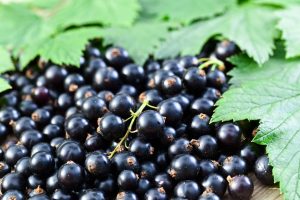Lucozade Ribena assists on blackcurrant research project
 Lucozade Ribena Suntory has contributed to a £220,000 international research project, which is aiming to turn blackcurrant pomace into food for human consumption.
Lucozade Ribena Suntory has contributed to a £220,000 international research project, which is aiming to turn blackcurrant pomace into food for human consumption.
Blackcurrant pomace is a rich source of polyphenols and fibre. Food scientists at the University of Huddersfield in the UK are seeking methods of introducing it into bread, muffins, biscuits and breakfast foods as a means of enriching the fibre content of foods by up to 15%.
Lucozade Ribena Suntory has provided samples of pomace – the by-product left behind after the blackcurrants have been pressed for juice – to support the researchers in their contribution to the Europe-wide Berrypom research project.
The goal is to exploit the nutritional and economic value of pomace, which consists of the skins, pulp, seeds, and stems of berries after juicing. It can account for up to 30% of the product, but has so far had limited use and is often discarded. But it is a potentially rich source of polyphenols and fibre and therefore researchers in five European countries – plus New Zealand – have come together for Berrypom, which seeks to find methods of introducing it into cereal products, including bread, muffins, biscuits and breakfast foods.
“We are aiming for an increase in fibre content of up to 15%,” explained Dr Vassilis Kontogiorgos from the University of Huddersfield. “Except for the colour you can’t tell the difference.”
Early findings are that flavour is hardly affected by the introduction of pomace, but bread and muffins can acquire a dark colouration. Therefore, ways to lighten the colour of the blackcurrant by-product are now being explored.

































